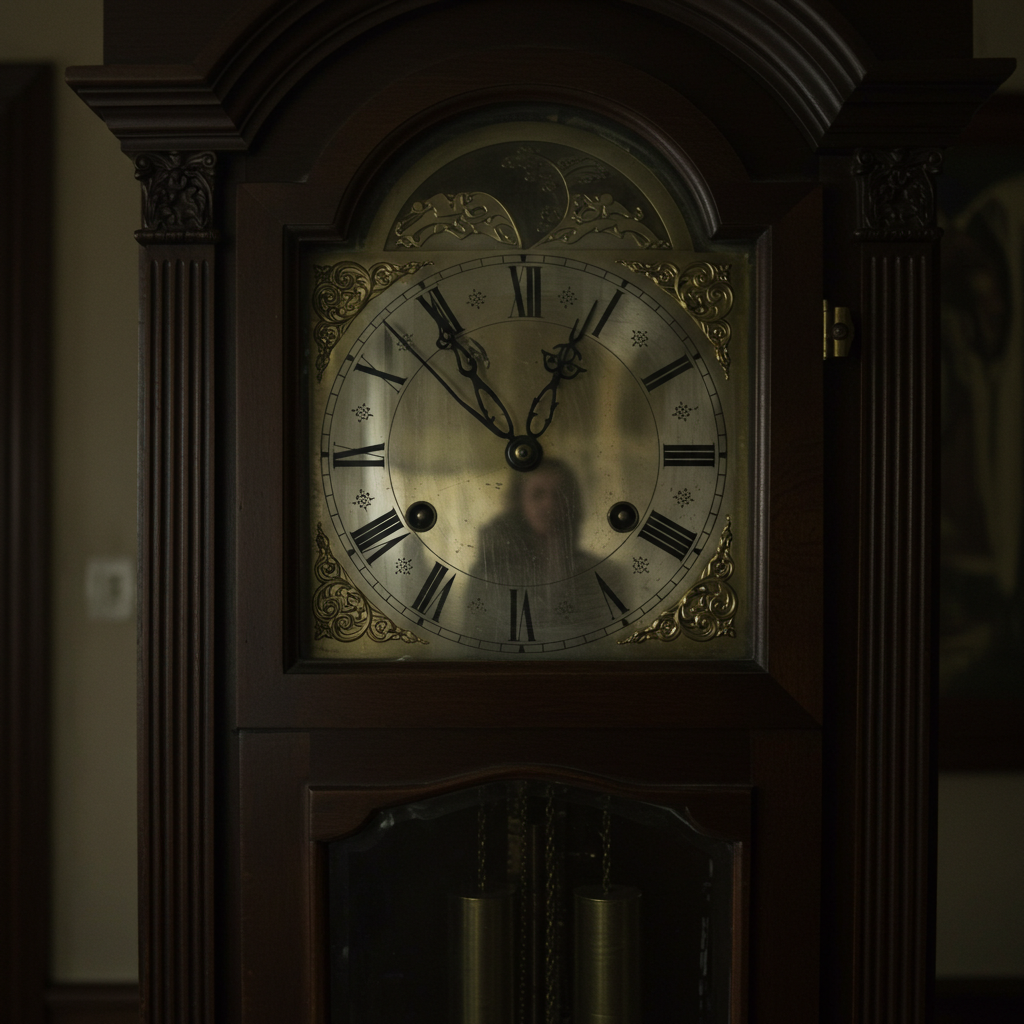According to widespread folk belief in Western cultures, a clock or timepiece that suddenly stops functioning without apparent cause—particularly grandfather clocks, heirloom watches, or long-reliable timepieces—foretells a death in the household or family. This ominous mechanical failure supposedly provides specific information: the time displayed at stopping may indicate when death will occur; the clock’s location might reveal which family member is at risk; while the timepiece’s age or significance could suggest the deceased’s age or relationship. Some traditions specify that the clock should not be restarted until after the predicted death occurs, as attempting to restart it may transfer the omen to the person making the repair.

A baby’s future career or fate is predicted by the first object they select during a ceremonial setup.
In several Asian and Eastern European cultures, a traditional ceremony is held for babies usually around their first birthday. Known


